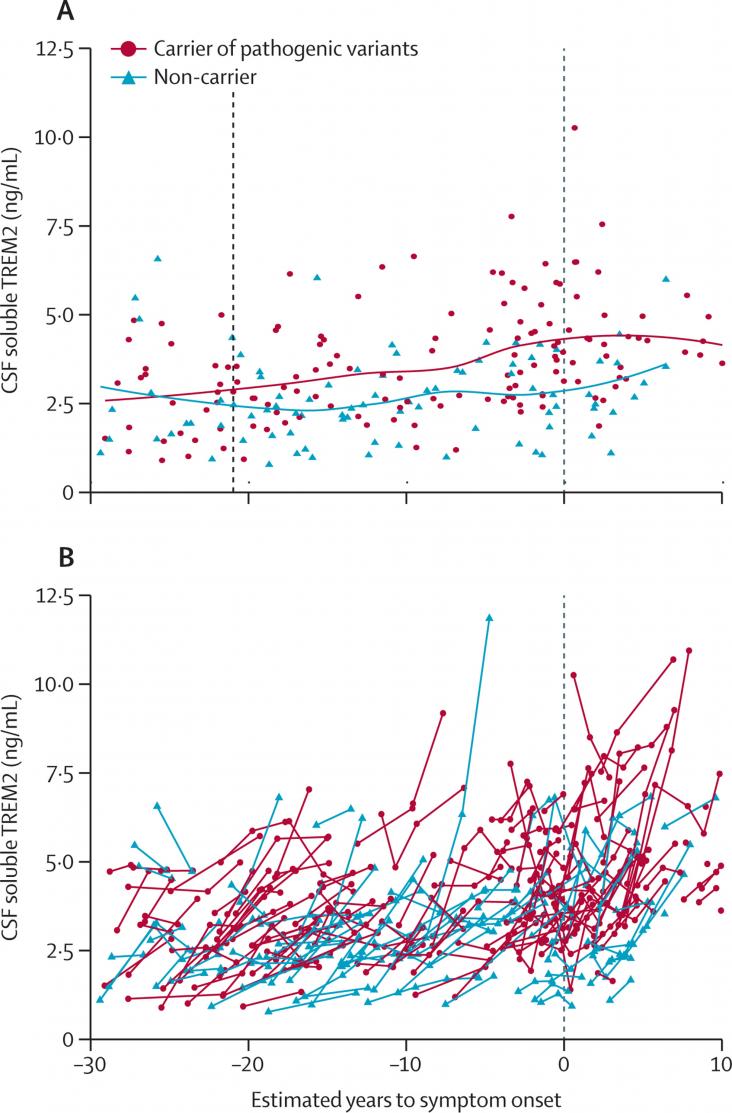Although older people have been recognised as a vulnerable group in humanitarian crises, they have not traditionally been considered a priority for humanitarian assistance.
This paper concludes that effective local implementation of MSN (Multisectoral Nutrition) policy requires country-level commitment together with local leadership and capacity building, and community engagement to ensure efforts fit program contexts.
This study compares GM (Growth Monitoring) manuals from Tanzania, India and The Netherlands with each other, and with the materials for the WHO’s training course on child growth assessment.

Nanomaterials including engineered nanomaterials and nanoplastics emerge as new pollutants to the ecosystem. In particular, studies on the adverse effects of nanomaterials on the brain are limited.
Various animal models offer opportunities to evaluate neurological effects of nanomaterials. We summarize recent studies and key findings on neurotoxicological effects of nanomaterials, focusing on zebrafish.
Using agronomic experiment data from 62 studies between 1987 and 2021, we employ a meta-analysis to analyze the factors contributing to the heterogeneous effects of wastewater irrigation on crop yield.

ARPKD is a rare disease. This review explores the genetics of ARPKD and is accompanied by a short video by the author with a summary of the article.
For Ukrainian pediatric cancer patients receiving care outside of their nation's borders on February 24, 2022, the Russian invasion of Ukraine compounded these problems.
An article on interventions for people with mild dementia, in the context of SDG 3, focusing specifically on the benefits and cost-effectiveness of the Journeying through Dementia intervention in England.
This article explores whether operations for carotid artery diseases reduce the risk of dementia.

An article on Alzheimer's disease progression, in the context of SDG 3, focusing specifically on the dynamics of soluble TREM2 and its association with amyloid and tau markers, neuroimaging features, and cognition.
